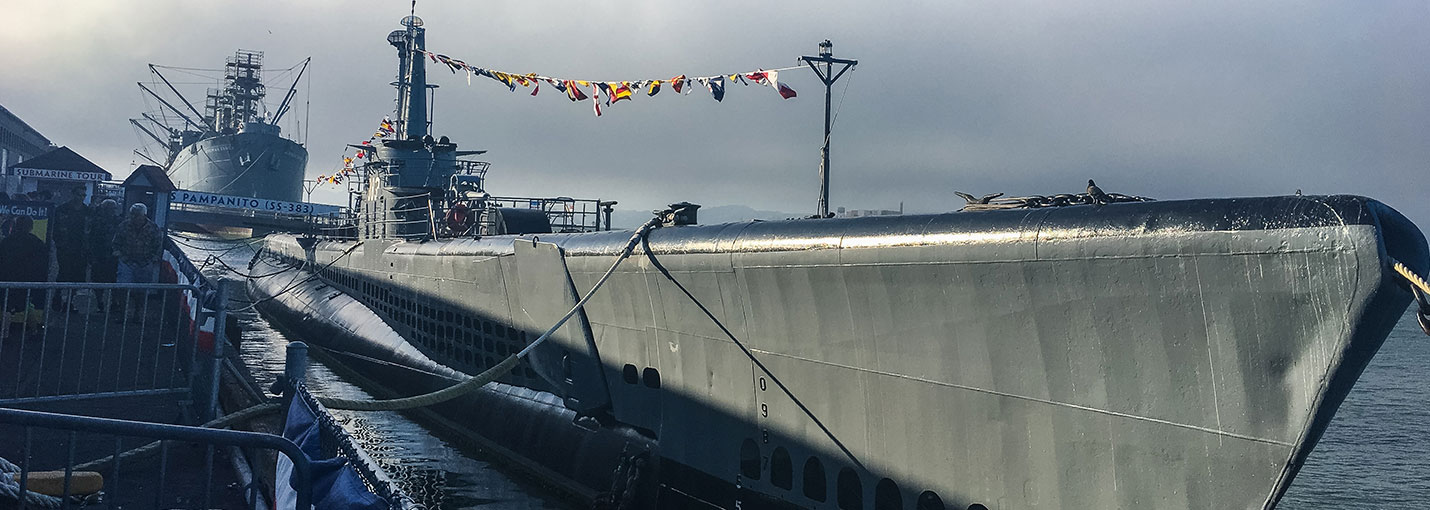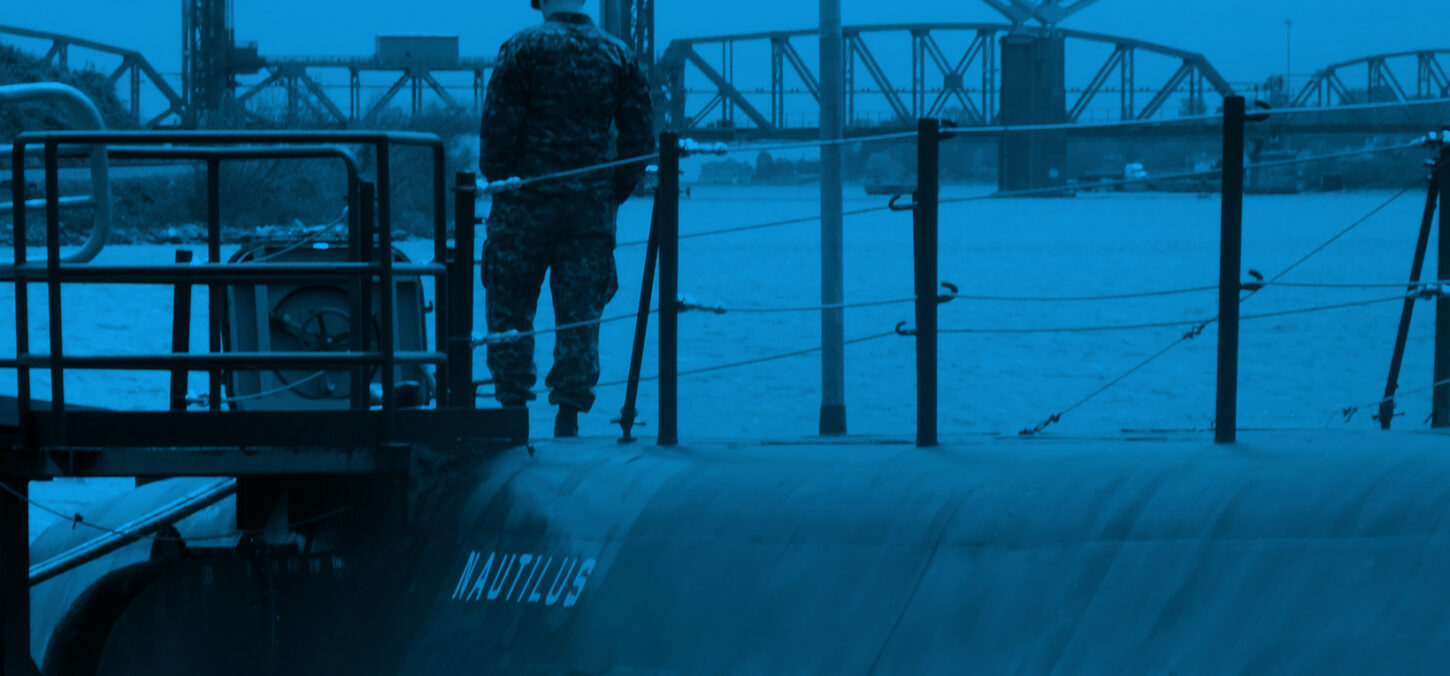Sources of Asbestos Exposure / Asbestos in the U.S. Navy / List of Ship Classes / Asbestos on Submarines
Stealthy submarines have been part of the U.S. Navy since its formation. The first such craft, the Turtle, set sail in 1775. The mission of this turtle-shaped, single-person submersible was to attach explosives to the hulls of Royal Navy frigates and other combat surface ships. Back in the day, submarines were also a psychological weapon. The thought of an unseen enemy stalking a ship was quite terrifying. Unfortunately, the combat plans failed, and no one is sure what happened to the Turtle.
For almost as many years, shipbuilders used asbestos in submarine interiors. Waterproof asbestos seemed like the ideal way to reduce fire risk and insulate electrical wires.
The fact that asbestos dampens sound helped seal the deal. Additionally, effective non-asbestos replacement materials weren’t widely available until recently. Finally, asbestos was cheap and effective. All these engineering and cost advantages outweighed the health risk to sailors, at least as far as the Navy was concerned. Today, if you suffer from an asbestos-related illness, legal options are available.


Submarine Areas At-Risk for Asbestos Exposure
World War II and early Cold War U.S. Navy submarines were a little bigger than the Turtle, but they weren’t much bigger. SInce a single airborne asbestos fiber could cause cancers like mesothelioma, lung diseases like asbestosis, and other serious chronic illnesses, anyone on board was at risk. Sailors who served in the following areas of asbestos-laced submarines should keep an extra close eye on their health as they get older.
- Engine Room: If these craft were to make any headway underwater, submarine boilers needed to generate a significant amount of energy. That means a significant amount of heat and, in an underwater tin can, a significant risk of fire. So, boilers, pipes, and pretty much all other mechanical parts were encased in asbestos.
- Ammunition Dumps: The ordinance on board the Turtle didn’t need to be too powerful. It only had to rupture wooden hulls. As ships got sturdier, the torpedoes and other explosives on submarines became more powerful. Rather than risk fire, builders lined these areas with asbestos.
- Crew Quarters: Most sailors spent almost half of each day in their quarters or in another relaxation area. The steel doors that connected the room to a hallway usually had asbestos. The floor tiles usually contained asbestos as well. Floors and doors are subject to considerable wear and tear. So, after only two or three cruises, stray asbestos fibers often leaked through cracks in doors and floors.
Former submariners, or people who worked on submarines, should watch their health closely because the asbestos exposure illnesses mentioned above have very long latency periods. Most of these victims are seriously ill for decades, yet they don’t know it.
AsbestosClaims.LawAsbestosClaims.law is your comprehensive resource for all things asbestos, including info on health and compensation for Air Force Veterans and other former Service Members. We hope this is helpful and are grateful to all who have given of themselves to defend us all. If you have any additional questions or concerns related to asbestos, check out our website and YouTube page for videos, infographics and answers to your questions about asbestos, including health and safety, asbestos testing, removing asbestos from your home and building, and legal information about compensation for asbestos injuries. And if you believe that you were exposed to asbestos, or have been diagnosed with an asbestos illness, you could be entitled to significant compensation—money you could use to cover the costs of asbestos removal services, pay for medical treatment, and preemptively protect your physical well-being. All without filing a lawsuit. If you’d like help with filing a claim, please get in touch by email at [email protected], or call or text us at (833) 4-ASBESTOS (427-2378) or (206) 455-9190. We’ll listen to your story and explain your options. And we never charge for anything unless you receive money in your pocket. |



